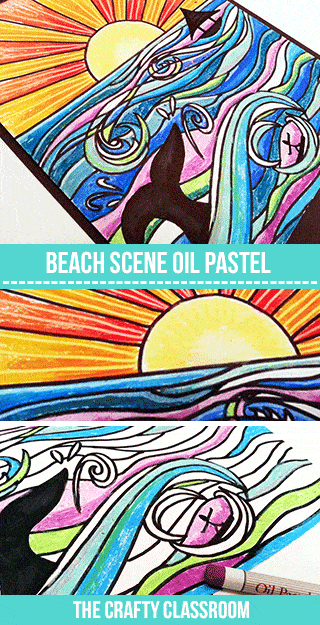Salt Painting for Summer Art Projects
Recently I was introduced to a new form of textured painting called salt painting. Basically, you take glue cover it with salt, then drop watercolors on top to absorb the color. Well, can I just say, "Wowza!" This is such a fun technique and it creates beautiful art work that...











